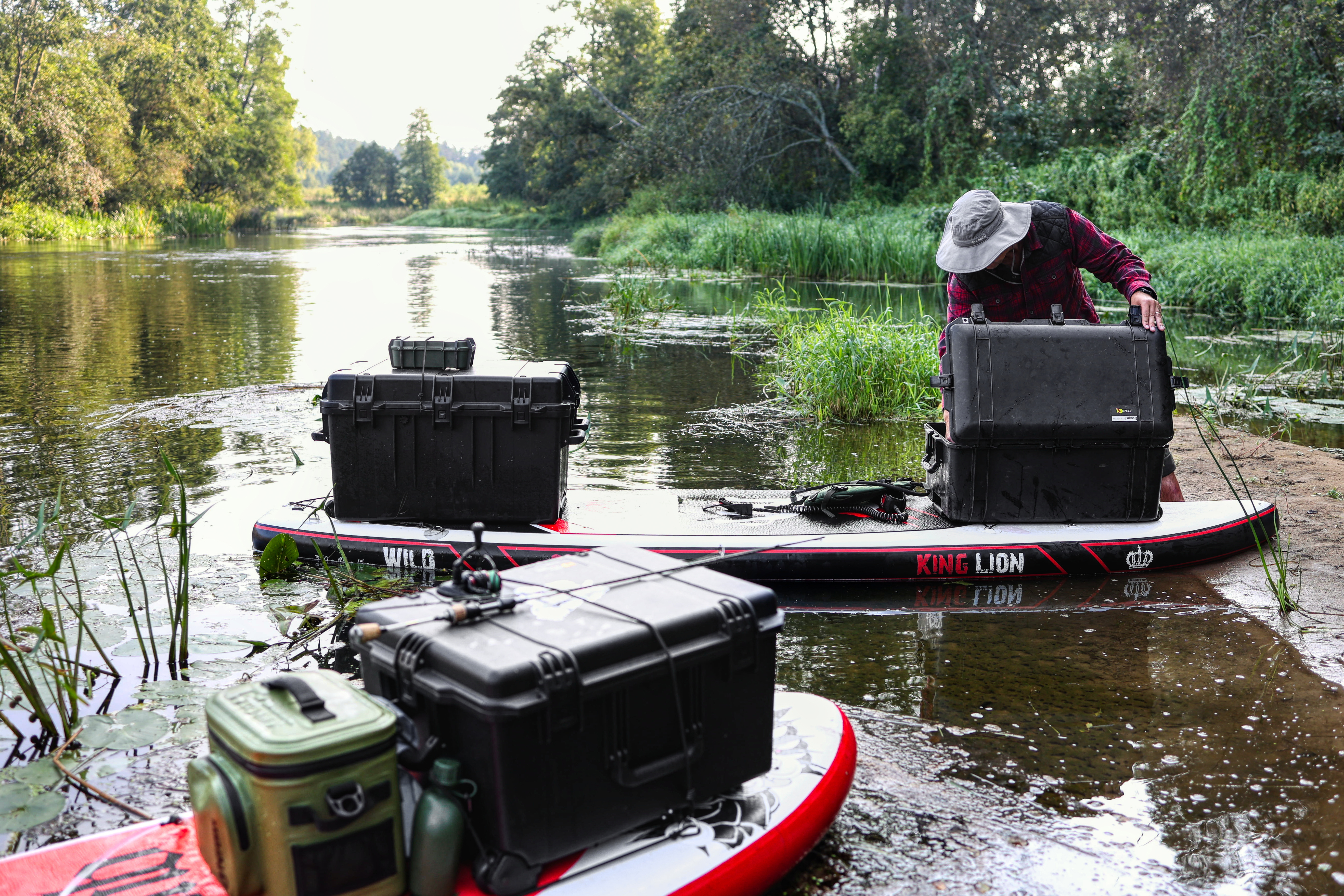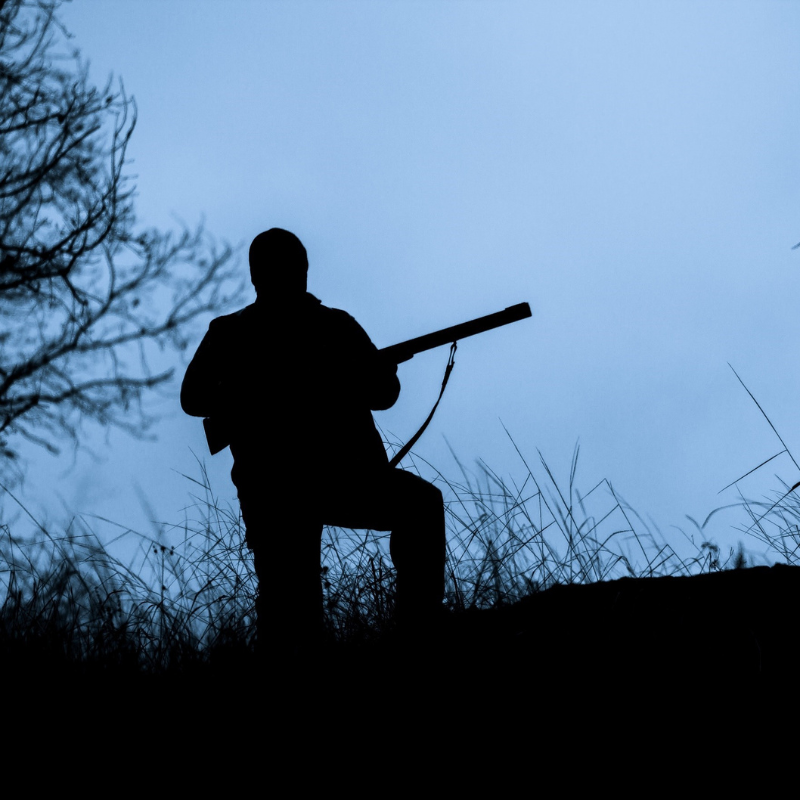For overland adventurers, the thrill of the journey is paired with the unpredictability of the elements. Whether you’re driving through the rugged outback, crossing mountain ranges, or tackling desert dunes, your gear faces intense challenges. While adventurers can prepare for the terrain, weather, and climate, the real anxiety often lies in whether their equipment is adequately protected. The solution? Choosing the right protective case that guarantees peace of mind, even in the harshest environments.
In this article, we address five key concerns overland adventurers often have about gear protection under extreme conditions, ensuring that your equipment remains safe no matter the adventure.

- Will My Case Protect My Gear from Extreme Weather Like Rain, Dust, and Snow?
One of the top worries for any adventurer is the unpredictable weather. You could be basking in the sun one moment and caught in a torrential downpour the next. That’s why it's essential to ensure your protective case is fully certified for water and dust resistance. Look for cases with an IP67 rating, which means they can withstand submersion in water up to one meter for 30 minutes, as well as complete protection from dust particles.
Modern rugged cases also feature tongue-and-groove seals paired with polymer o-rings that ensure watertight protection, no matter how harsh the environment gets. So whether you're facing heavy rain, desert dust storms, or snowy mountain passes, your gear will stay dry and dust-free.
- Can the Case Handle the Rough Terrain and Shocks During Off-Road Trips?
Off-road adventures mean unpredictable bumps, sudden drops, and constant movement. The question is: can your case handle it? A high-quality protective case should come with impact-resistant construction—typically made from lightweight yet durable polymers that absorb the shocks from harsh terrains. Look for cases with built-in shock mounts that provide cushion from vibrations and impacts.
For example, rotomolded cases are renowned for their rugged strength. Some even have multi-terrain trolleys with large polyurethane wheels that make it easy to transport across rough surfaces. Whether you’re navigating a rocky mountain pass or bouncing through sand dunes, your gear should remain safely cocooned.
- What Happens If the Case Is Exposed to Extreme Temperatures?
Overland trips can take you through a wide variety of climates—blistering desert heat during the day and freezing mountain temperatures at night. Many protective cases are designed to handle this, built from materials that are resistant to both heat and cold. Polypropylene and polycarbonate cases are particularly good for extreme conditions as they can withstand temperatures from -40°C to 99°C.
Additionally, look for cases with automatic pressure equalization valves, which releases built-up air pressure while keeping out water molecules. This feature helps protect your gear during altitude changes and extreme weather shifts.
- How Secure Are the Cases from Impacts and Falls?
Falls and accidental drops are inevitable when exploring rugged terrains, but they shouldn’t be a cause for concern. For overland adventurers, a case with reinforced corners and stainless steel hardware can provide extra protection. Cases with double-throw latches and vortex valves also help maintain pressure while preventing any air or water from entering after impact.
A case that’s been drop-tested, vibration-tested, and certified to meet stringent military standards will give you peace of mind, knowing that even if the unexpected happens, your gear will remain secure and functional.
- Will the Case Be Easy to Transport Across Different Types of Terrains?
Mobility is a key concern for any overland adventurer, especially when you’re frequently transitioning between different terrains. A good case not only offers protection but is also ergonomically designed for ease of transport. Comfort-grip handles and built-in wheels make these cases easy to maneuver across sand, gravel, rocks, and more.
Some cases are designed with stackable ribs, so they can be efficiently packed on top of each other without shifting during transport, further adding to their versatility during long off-road trips.
Final Thoughts
When you’re embarking on a journey that takes you off the beaten path, the last thing you want to worry about is your gear’s safety. By investing in a robust, weather-resistant, and impact-proof case, like a Peli Case, you ensure that your equipment remains secure, no matter what challenges come your way. So next time you're packing for an overland adventure, remember that your case is your gear’s first line of defense—choose one that’s built to withstand the wildest of terrains and the toughest conditions.





.png)





Post a comment